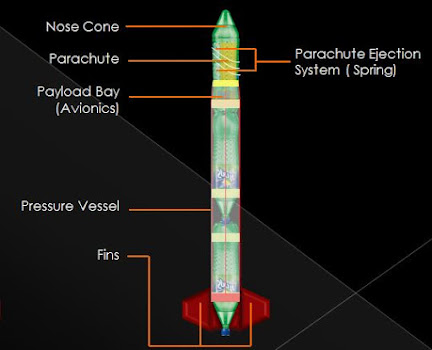Craziest rocket engine ever made : RD-701
As we all know, when it comes to rocket engines Russians just kill it, they're pioneers in rocket propulsion and the RD-701 tripropellant engine just proves that, Russian Propulsion engineers are insane.
RD-701 engine belongs to the second category, so technically it's a dual fuel engine, anyway for the sake of simplicity we'll continue referring it as a tri-propellant engine. Tri-propellant engines provide better Isp. As the engine can shift it's fuel mixture combination, it can use high dense fuel like RP-1 (with Lox) during the initial stages of the flight as it produces higher amount of thrust, and then can shift to a lighter fuel like hydrogen (with Lox) later inflight for High Isp. The record for, Highest Isp provided by chemical rocket engine is also held by a tri-propellant engine designed by Rocketdyne in 1960s which produced a Isp of 542s.
RD-701 engine belonged to the dual-fuel dual-expander cycle.The RD-701 not only has the advantages of
tripropellant operation but also the empirical experience of over 30 years of high pressure, oxidizer rich turbomachinery development and operation. The design of the
"Two nozzles, five turbopumps, oxyrich closed cycle, three propellants (dual-fuel), nozzles shaped for both in air and vacuum" - This sounds crazy right ?
In this article we'll take a look into the RD-701 engine and advantages of Tri-propellant engines. Before getting into the details about the engine, it is important to know what basically is tri-propellant engine and the advantages of it.
As the name itself suggests that it's a tri-propellant engine, which means that it uses 3 different types of propellant.There are two kinds of Tri-propellant engines,
• One is a rocket engine which mixes three different types of propellants.
Eg :- liquid lithium, gaseous hydrogen, and liquid fluorine
• The other kind of tripropellant engine is the one that uses one oxidizer but two fuels (dual-fuel engine).
Eg :- Liquid oxygen, liquid hydrogen and RP-1
Now coming to the engine itself, it was designed by Gluskho design bureau for the use on MAKS spaceplane which was said to be launched at an altitude of 8 kilometers atop a An-225 Mriya transport aircraft.The RD-701 was planned for 15 re-uses and featured both first and second stage engine characteristics in one reusable package. 50 test burns were conducted, proving the separate modes and a smooth switch between them.
RD-701 engine is based on proven design concepts from the existing RD-170 engine. Ultimately the project was cancelled in 1991 and the engine was scrapped.
- Aerospacizm







Comments
Post a Comment